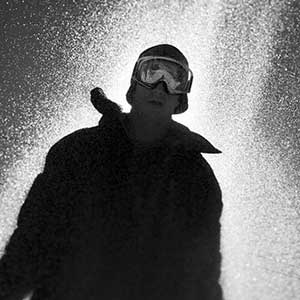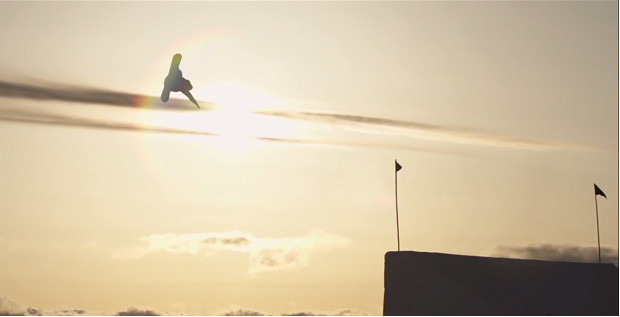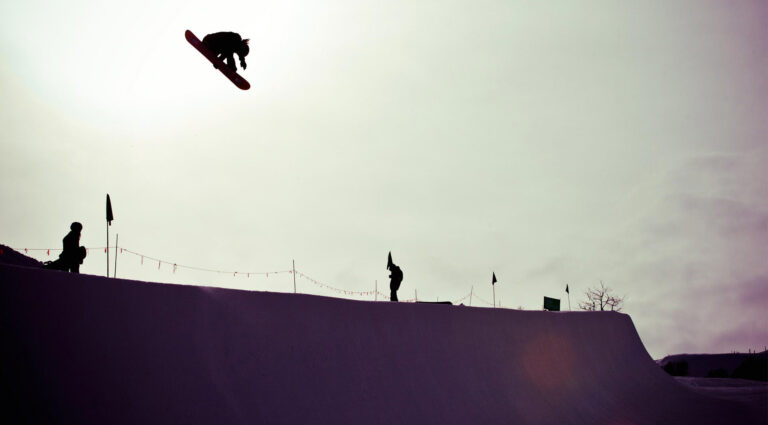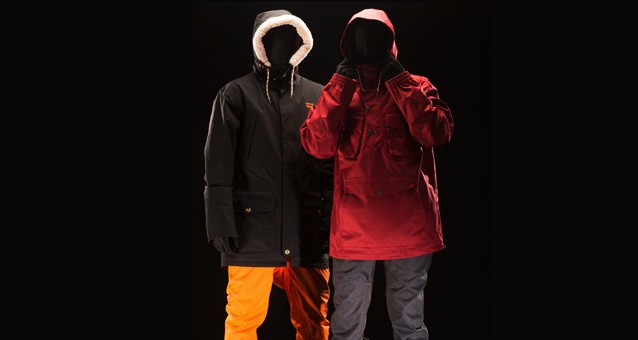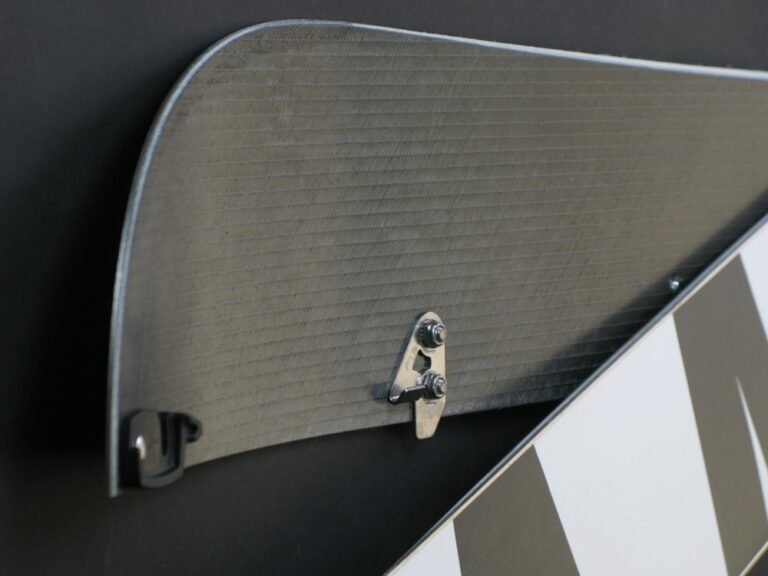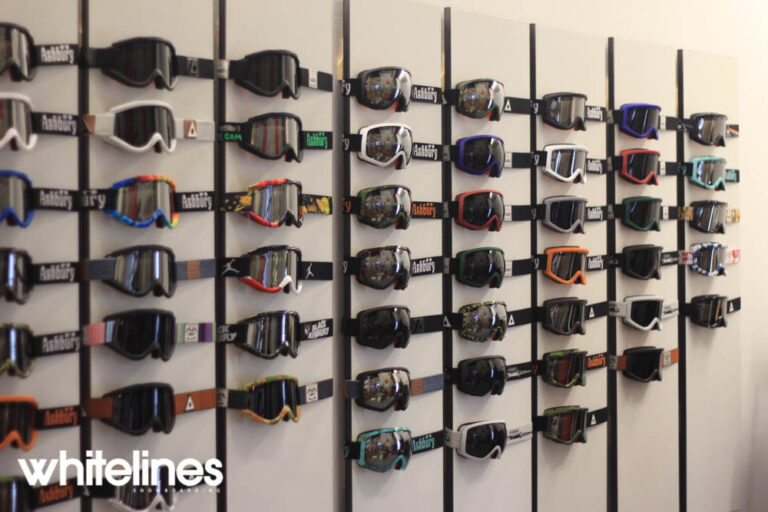Intro

In Part 2 of our ‘Improve Your Edits’ series, Morzine-based filmer Sam McMahon talks you through the basics of how to use a DSLR properly to film snowboarding – including what camera and lenses to buy and what settings work best.
[series align=’left’]
So you’ve mastered using your GoPro but you’re wondering why your filming doesn’t look quite as swish as the pros? Good news and bad news; the bad news is, it’s mainly down to money, plus some tech-wizardry and a bit of practise. But the good news is that as long as you know what you’re doing before you start spending the dough you can get some great gear and start getting some even greater shots.
When it comes to what you can get, the sky is the limit: from the latest crop of DSLRs, through the professional range of camcorders to the super awesome, Art of Flight style Phantom cameras, £100,000 plus. For this article we’ll be discussing DSLR (Digital Single Lens Reflex) cameras, the reason being that their size, price and versatility make them so popular with amateurs and low-budget production crews. If you’ve not got one yourself then you’ve probably seen one or two around snowdomes and resort parks.
Originally intended for still photography, since around 2008 they have been gaining popularity for HD videography as well due to their high quality and much larger digital sensors, as compared to equivalent camcorders. They do lack a few features that make filming a bit easier, such as autofocus while shooting, so they require a bit more skill and forward thinking, but that’s what this article is here to help with! Whether you’re a complete newcomer to more advanced filming or a seasoned veteran, hopefully this article will either help you get set up or give you a few tips to get the most out of yours, so here goes!
N.B. A very important point to remember whilst using DSLRs for video is that when the camera is set to movie mode the internal mirror flips to let light from the lens constantly fall on the sensor. When used for still photos, most SLRs primary function, light only hits the sensor for a set amount of time after the shutter is pressed to avoid letting the sensor overheat and get damaged. Most cameras have a ‘standby mode’ setting to avoid this, but try and avoid using yours for extended periods of time to prolong its life.

